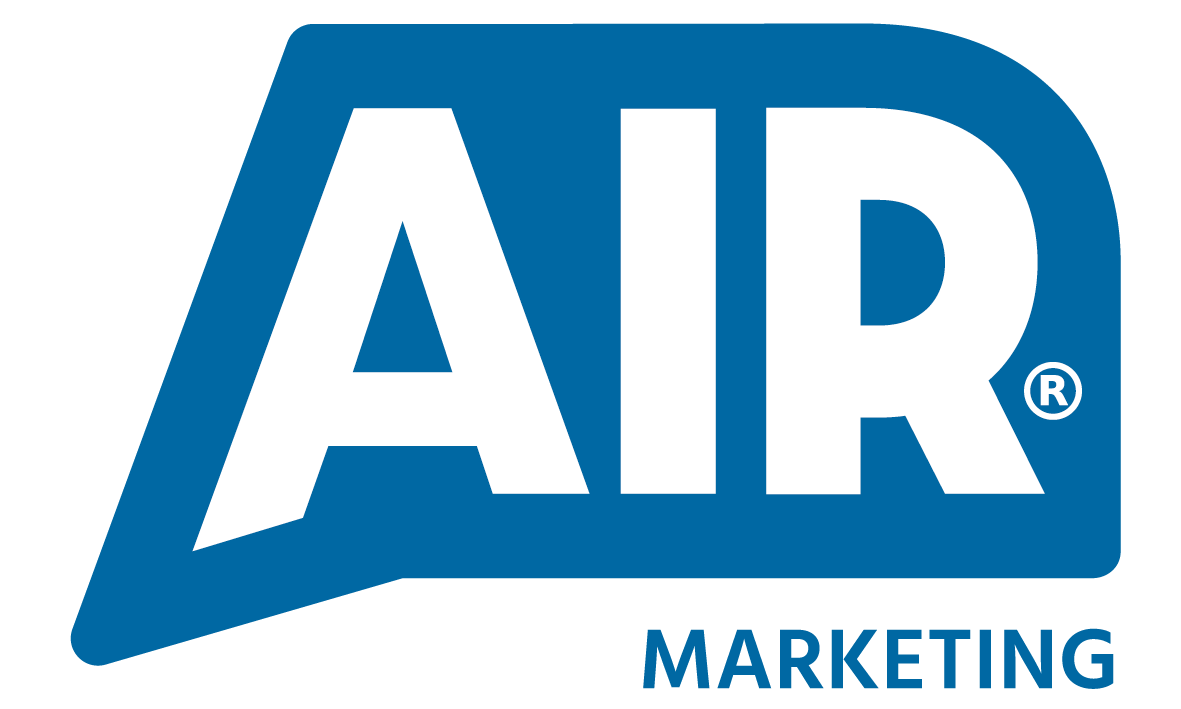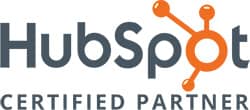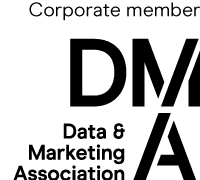When we think about telemarketing and telesales our minds predominantly envisage a masculine environment where characters from Wolf of Wall Street relish in their ego fuelled boiler rooms. Aggressive cold-calling practices, fraudsters, scam artists and relentless robocalls have made our history stand out. However, the industry started very differently and has overtime grown into one of the most transparent and profitable means of marketing used by sales professionals today.
Once upon a time, there were no high-powered men to see here!
Despite the stereotype that’s been created for us, telemarketing came from humble beginnings and was first achieved by a group of women. The women, who were originally housewives, came together with a shared interest in baking and a desire to make their own money.
At this stage no one was a ‘professional’, but not so dissimilar from today, the ladies trialled different conversation techniques to sell.
Overall, this approach proved a success and the women continued to bake, using telemarketing techniques to make connections and build their fortunes.
Thanks to the worlds love of baking, telemarketing was born, and success tasted sweet to those who began utilising it!
In the 1900’s the first ‘lead list’ promoted more ‘quantity’ over ‘quality’
Today marketeers understand the importance of gathering quality data which is going to produce a return on investment for their clients. In the early 1900’s, when the Multi-Mailing Co. started compiling and selling lists from local phone directories, its first ‘lead list’ consisted of 600,000 numbers which spread across multiple cities. At that time, the newly developed telephone system gave the callers access to richer members of the community. These people were considered ‘quality’ prospects, this was mainly due to their worth, regardless of their need or interest in making an investment.
In 1957 the first telemarketing firm dialled out
The first call centre, DialAmerica, began operating with only two calling stations, one inbound station and one outbound station, resembling something similar to traditional telemarketing.
For them, success came in the booming post-war economy. Today, DialAmerica is one of the largest operating call centres globally, making a 100 million calls a year and on average delivering 100,000 phone hours a week.
The switchboard 60’s
In the 1960’s Private Manual Branch Exchanges (PMBX) were invented. These giant switchboards were operated by receptionists who manually connected calls to the correct extension.
The switchboards were used by companies to bring communications in-house and save money rather than outsourcing to third-parties.
At this time the industry was still heavily populated by women, thought to be due to their warm approach, likable nature and cheaper wage.
The 1960’s also introduced the Bell Telephone, a computer system which could dial numbers using tones instead of a rotary dial. It was this invention which paved the road to Interactive Voice Response (IVR), the automated service that was about to fuel the rage of a nation.
The 1970’s and the year of the robot
During the early 1970’s telemarketing began enjoying mainstream success, however even the most experienced sellers were only dialling an average of 100 numbers a day, in comparison to today’s average of 200 plus.
With the growth of sophisticated technologies, the need for operators to manually transfer calls was eliminated. IVR was deployed and the automated service was taking off, despite its complications, expenses and limited computer vocabulary which started to trigger the public’s distaste for telemarketing.
Telemarketing, as it has come to be known, began in the 80’s
In 1981, total business expenditures for telemarketing exceeded the spend on direct-mail advertising for the first time.
In this decade several trends continued to contribute to the growth of telemarketing. These included:
- High cost personal sales calls, making telemarketing more attractive in this show off B2B era
- Advances in telecommunications, computers and database management, decreasing costs and increased efficiency
- Consumer acceptance of 0800 numbers
- The growing success of inbound and outbound telemarketing campaigns which encouraged more companies to try the phone as a sales tool
Scam artists in the shape of sales agents
Despite the industries progress, by the late 1990’s it looked like the end was near for outbound telemarketing. Annual fraud costs exploded, prompting the Federal Trade Commission, Federal Communications Commission and Watchdog organisations to strengthen regulations to protect customers.
The DMA telephone name removal list grew from 900,000 to 2.5 million names in less than a year and by 2000, the number had increased to 3.2 million.
In 2003, the National Do Not Call Registry was launched by the Federal Trade Commission and had more than 50 million phone numbers registered before the start date.
A time of transparency and professionalism
An industry once deemed annoying to those it came into contact with has turned itself around, with business managers now agreeing B2B telesales calls are the least annoying form of advertising.
Today, the telemarketing industry is more transparent than ever before. In the EU, new GDPR regulations monitor the way personal data is held, used and shared, whilst the Corporate Telephone Preference Service (CTPS) gives corporate subscribers the right to be added to the Central Opt-Out Register. This means they have the right to choose not to receive unsolicited sales and marketing telephone calls to all their organisation’s telephone numbers, or to selected numbers.
The industry revolves around being personable and a telemarketer’s ability to build strong, honest relationships. Scripts are used to help remind sellers of USPs but also that there’s no room for sales robots in this industry. Every sales agent must have initiative to get past the gatekeeper, identify pain points and deliver personal conversations that position them as the expert in each individual client’s product / service.
Telemarketing is an extremely lucrative industry which requires a lot of skill if your agency wants to match the industries average return of £11 for every £1 a client invests, at Air we proudly return £18 for every £1 spent.
To find out more about the campaigns Air Marketing run and the companies we help, contact us on 0345 241 3038 or contact@air-marketing.co.uk




